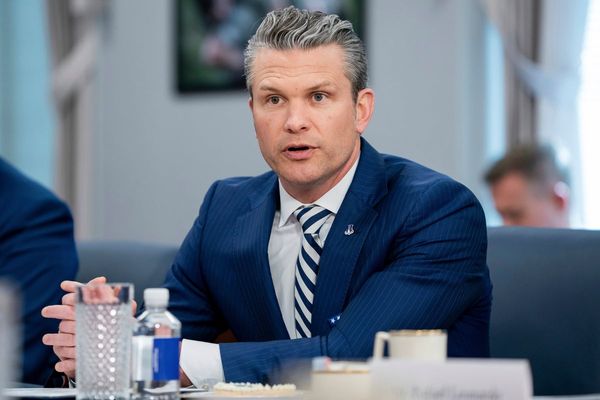Last week, the chief of India’s insurance sector regulator unveiled a fresh blueprint to cover a larger portion of the population against risks of adverse shocks, with an eye on insuring everyone by 2047. The lynchpin of this “UPI-like moment”, being pursued by the Insurance Regulatory and Development Authority of India (IRDAI) to bridge the country’s “huge protection gaps”, is envisaged to be a simple, all-in-one insurance policy. This bundled ‘Bima Vistaar’ scheme, being worked out with life and general insurers, would provide households with expeditious monetary support in case of medical emergencies, accidents, thefts or a death in the family. With awareness about the benefits of insurance still quite low, the regulator has proposed a women-led Gram Sabha-level initiative to educate every household’s female head about how such a scheme could come in handy at times of distress. A new ‘Bima Sugam’ platform would integrate insurance players and distributors to give customers a one-stop shop experience to begin with, and facilitate claims servicing going forward. Linking States’ digital death registries to the platform, the regulator believes, could enable life insurance claims to be settled within hours or a day at the most.
A legislative reboot is also on the anvil to ease capital requirement norms and allow a slew of new players to enter the market and serve the untapped needs of niche and specialised segments. Over two decades after the entry of private players into the once moribund public sector-led industry, India’s insurance penetration (the ratio of premium payments to GDP) has risen — from 2.7% in 2001-02 to 4.2% in 2021-22. In fact, there has been a slide in the metric over the past decade from 5.2% in 2009-10, with non-life policies yet to surpass the 1% mark. Given the sheer size of India’s population and poor financial literacy levels, the imperative to break from the status quo is unquestionable. The IRDAI’s move to rope in State governments and set up bodies similar to State-level banking committees would help formulate granular district-wise strategies for raising awareness and coverage levels. Industry players also need to look beyond the top cities and the ‘Bima Vistaar’ scheme could catalyse the volumes they need to get out of comfort zones. Most of all, the Centre needs to rethink the 18% GST levy on health and life insurance premia. The notion that those who can afford to buy health cover can afford to pay so much tax is untenable in a country where one health calamity can push a household below the poverty line. Ensuring continuity of leadership at IRDAI is equally critical — situations such as the nine-month vacuum at its helm before the current chairperson’s tenure are simply unacceptable.







